Marvelously known as the ‘City of a Hundred Spires’, Prague’s medieval old town really is a treat to amble about. Each year, millions of visitors come to explore its atmospheric cobbled alleys, cross the charming Charles Bridge, and make their way up to its hulking hilltop castle.
As it is such a massively popular destination, Czechia’s capital is quite crowded from Easter up until October when the cold, dark days put most people off. That doesn’t stop December from also being a busy month due to its cheery holiday decorations and Christmas markets.
To help you plan your trip to Prague, let’s take a look month-by-month at its climate, crowds, and cultural events. You can then decide when’s best to visit, depending on the weather and what you like to see and do!
In this post, we'll cover:
What’s the Weather Like in Prague?
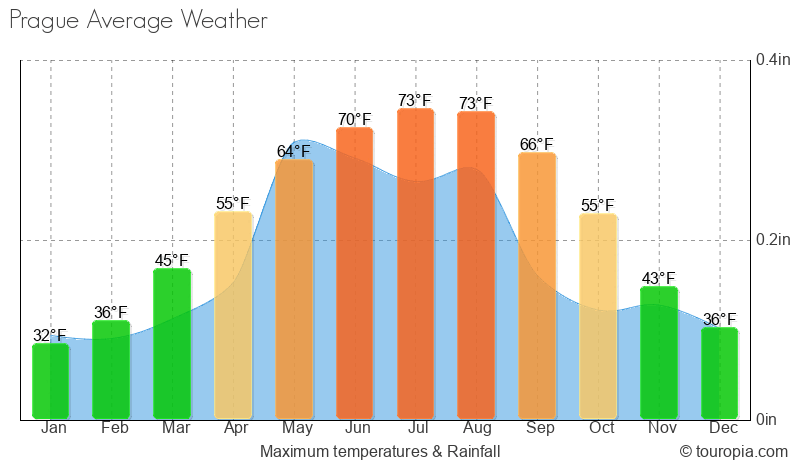
Lying along the Vltava River surrounded by hills and forests, Prague has a humid continental climate with warm, sunny summers and cold, dry winters. While temperatures can dip below freezing from December to February, both July and August average highs of 24°C (75°F).
Quite windy throughout the year, Prague sees the most amount of rain in the late spring and summer when sudden thunderstorms appear. As each month sees between 11 and 14 days with at least some rainfall, it’s worth bringing an umbrella whenever you visit.
In the colder winter months, snow can fall, though rarely stays around for long. The capital looks particularly magical all coated in white. It also has an amazing atmosphere to it during all the foggy days that regularly occur between mid-October and mid-March.
Best months to visit Prague

While the warmer summer months are perhaps best weatherwise for exploring the city, its historic center does get awfully crowded during peak season. Prices are also much higher as all its hotels, streets, and tourist sights are packed.
As such, the best time to visit Prague is in either spring or autumn when the flowers are blossoming or the trees are turning a gorgeous golden color. Although still popular months, April to June and September and October are a bit better price-wise. Air fares are normally cheaper as are hotels, depending on what events and holidays are going on.
December also sees huge crowds pour in, and come to celebrate Christmas and New Year’s in its enchanting old town. Despite the cold, gloomy days, all its traditional markets and twinkling lights create a very festive feel around Prague.
Prague in January
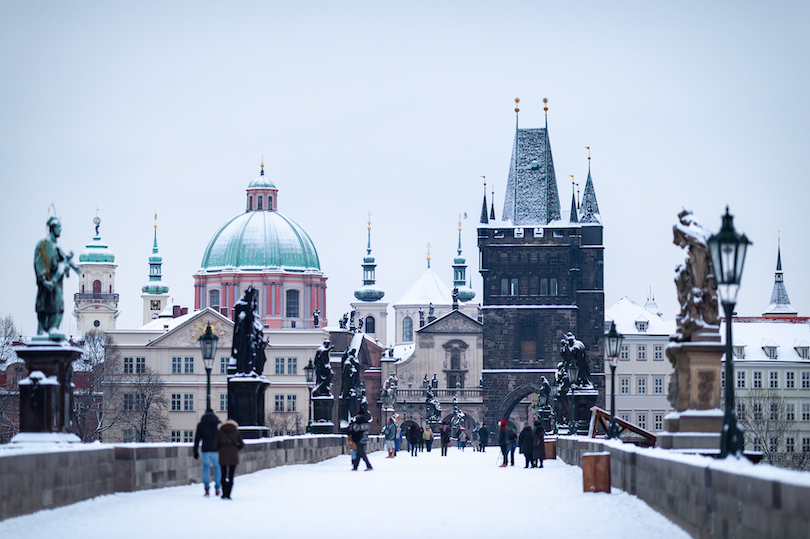
Once its Christmas and New Year’s Eve celebrations are over, January is a very quiet month in Prague. Temperatures average just 1°C (34°F), often dipping below freezing at night. As the air is crisp and there is a relatively high chance of snowfall, you’ll have to wrap up warm when strolling around the center.
While the days are overcast and there are only two hours of sunshine, its foggy, wintery feel can make for a delightful time. Prices are cheaper and there are no crowds at its attractions, some of which have reduced opening hours. Its Christmas markets are still around the first week while tons of terrific operas, ballets, and classical music concerts are held throughout the month for the Prague Winter Festival.
Prague in February
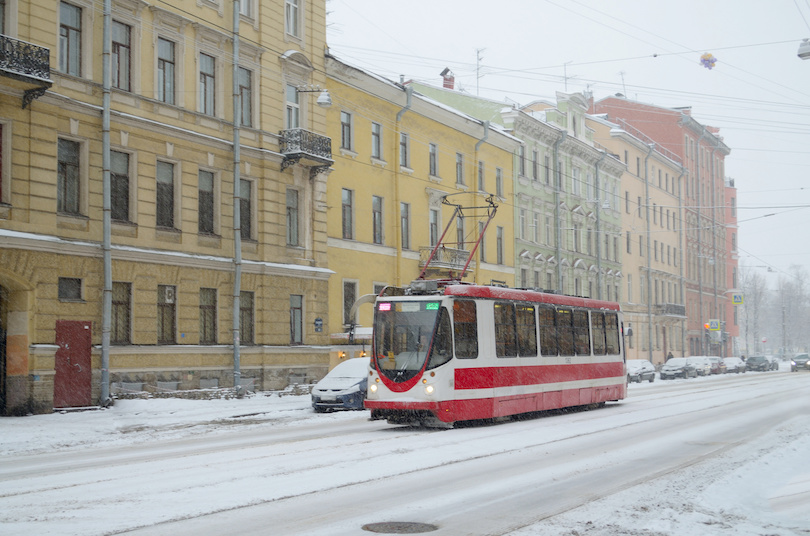
A couple of degrees warmer, February is very similar weatherwise to January with gloomy, dry days and freezing cold nights. If snow falls, the center, castle, and Charles Bridge all look absolutely incredible, coated in white. To avoid the wind and cold, you’ll want to spend time in its museums and galleries or in a bar with hot wine and hearty Bohemian fare.
As so few people visit, you can find some great accommodation deals with flights also being very affordable. Numerous ice skating rinks are also dotted about the city which has lots of parades and street parties taking place for its week-long Masopust carnival.
Prague in March
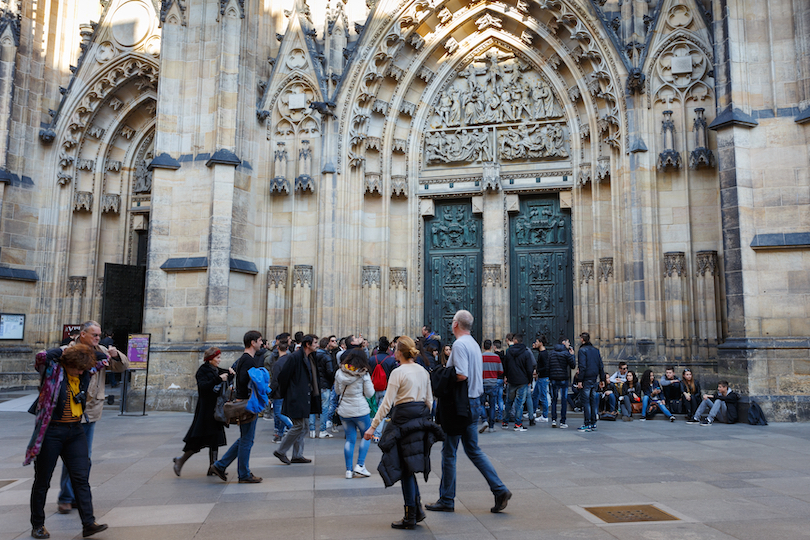
While things start to warm up a bit and snow is much less likely, March is still the off-season in Prague. There is double the amount of sunshine, however, and about 12 hours of daylight in which to wander around in. Before the crowds arrive for Easter, this is a good time to take brewery tours and river cruises or day trips to Cesky Krumlov and Kutna Hora.
Although still quite dry, averages of 9°C (48°F) mean you’ll have to layer up when outside. Besides benefiting from cheap hotel and flight prices, you can catch countless documentary screenings at the One World Film Festival. The six-week-long St. Matthew’s Spring Fair – the largest in the country – also has lots of fun rides, rollercoasters, and traditional snacks to try.
Prague in April
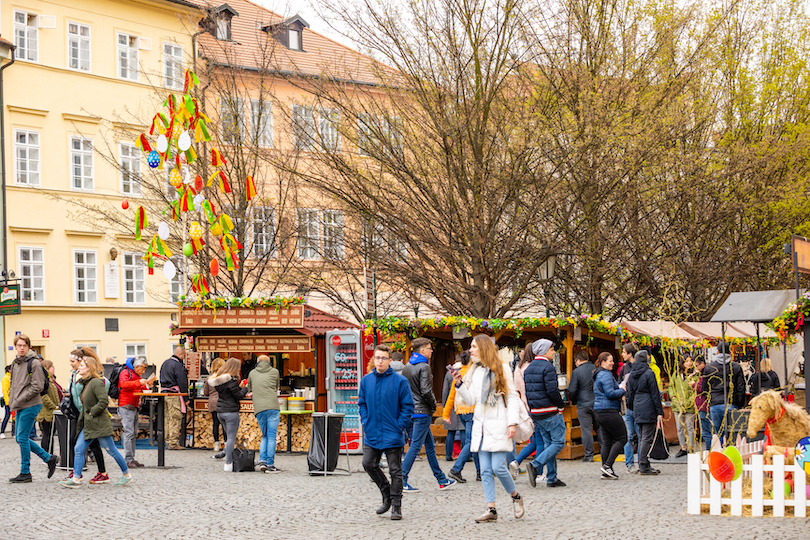
April is when spring really arrives in the city and the teeming crowds of tourists along with it. While average temperatures rise to 14°C (57°F) and there is more sunshine and daylight, the weather is still a bit unpredictable with sudden rain and cold spells sometimes occurring. Its parks and green spaces look very pretty though with all their blooming buds.
Prices do shoot up around Easter as people pack its scenic streets, squares, and tourist sites. Other than cheering on contestants at its marathon, you can explore its Easter markets or attend its Witches’ Night festivities. Somewhat similar to Halloween, this sees people dress up and an effigy of a witch burnt to ward off evil spirits and welcome the end of winter.
Prague in May
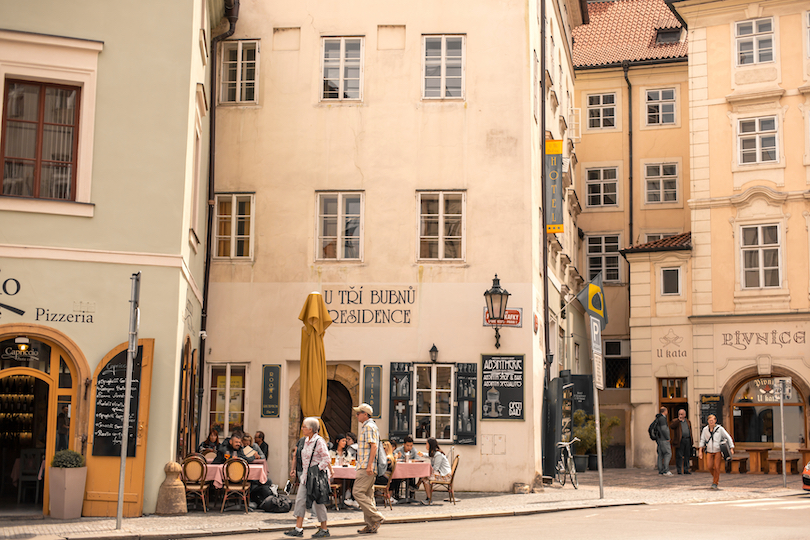
Much rainier but sunnier and warmer too, May is one of the most popular months to visit the capital. Its hotels are all booked up as visitors come to enjoy its lively ambience and the packed schedule of festivals and cultural events. Averages of 19°C (66°F) are ideal for sightseeing, strolling about its parks or taking cruises along the river.
As well as sampling tasty treats at its Food Festival, you can listen to interesting acts at the United Islands of Prague music festival. While many shops and museums shut for Liberation Day, the government opens the art-filled Hrzansky Palac to tour about. Countless symphony orchestras and chamber music ensembles also perform at the Prague Spring Festival.
Prague in June
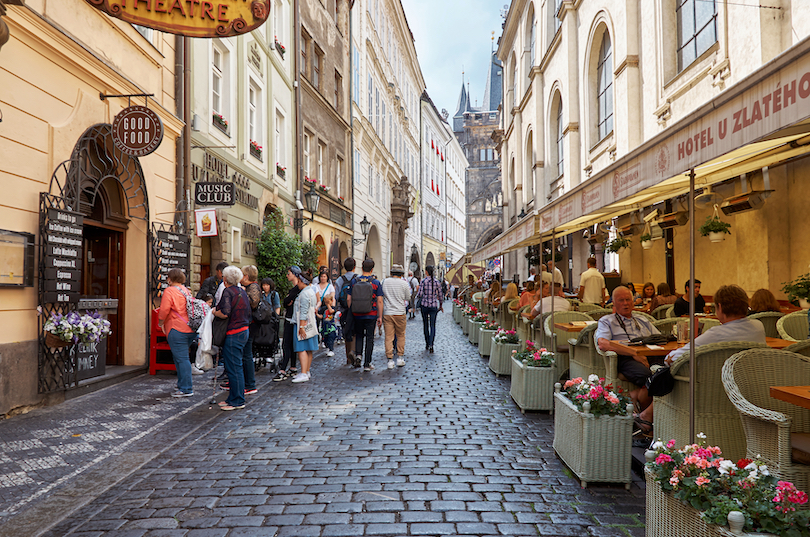
As June is not quite yet peak season in Prague, it can be a good time to visit and take tours to nearby castles or Cesky Krumlov. Its center is still quite crowded though and prices are not that much cheaper. While one of the rainiest months, 16 hours of daylight and averages of 23°C (73°F) do make up for it.
Tons of operas, concerts, and ballets also take place for its long-running Smetana’s Litomysl festival. The music and art Metronome Festival attracts plenty of people as do the parades and fireworks displays at the Royal Silvering of Kutna Hora. Towards the end of June, the Prague Proms International Music Festival starts up, continuing on til late September.
Prague in July
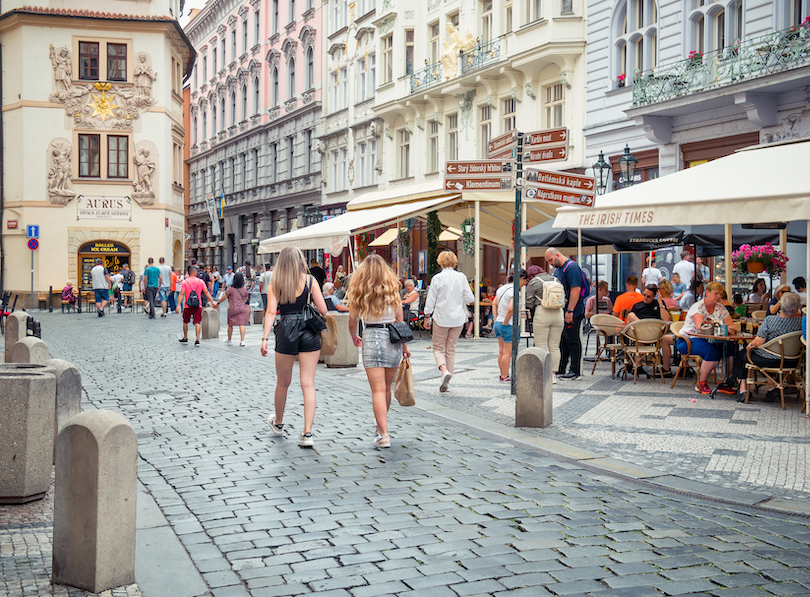
Due to the warm, sunny weather and school summer holidays, July is one of the busiest and most expensive months to visit Prague. Both its old town and castle complex are completely rammed with all its hotels, restaurants and cafes also heaving. Many of its main attractions, brewery tours, and river cruises will have long queues lining up outside them.
Aside from enjoying its JazzFest and Folklore Days, there is the fun Venetian Nights music festival to attend in nearby Mala Skala. While there is a lovely, summery feel about the city, make sure to pack an umbrella as it rains at least a bit for 14 days on average. Its long, hot days are still great though for sightseeing and spending time at festivals.
Prague in August
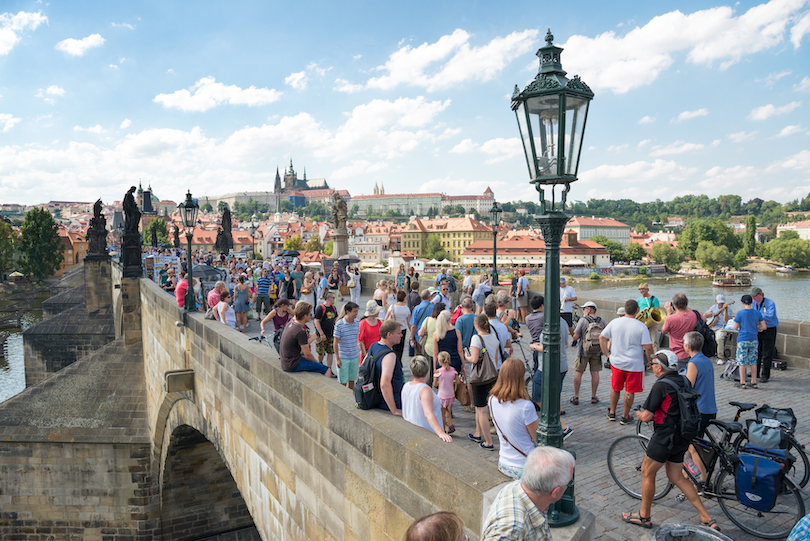
Just as hot, wet, and sunny as July, August is also the absolute peak season in Czechia’s capital. If you’re not a fan of massive crowds, you’re best off staying away as everywhere is packed and prices are at their highest. On the plus side, the warm weather is perfect for relaxing in its beer gardens or ambling about the picturesque parks along the river.
As it is festival season, loads of exciting concerts and cultural events also take place. These include Pride, the Prague Proms, and Let it Roll; the world’s biggest drum and bass festival. If the old town’s teeming alleys get too much, you can always escape the mayhem and take day trips to the Krivoklat or Karlstejn castles.
Prague in September
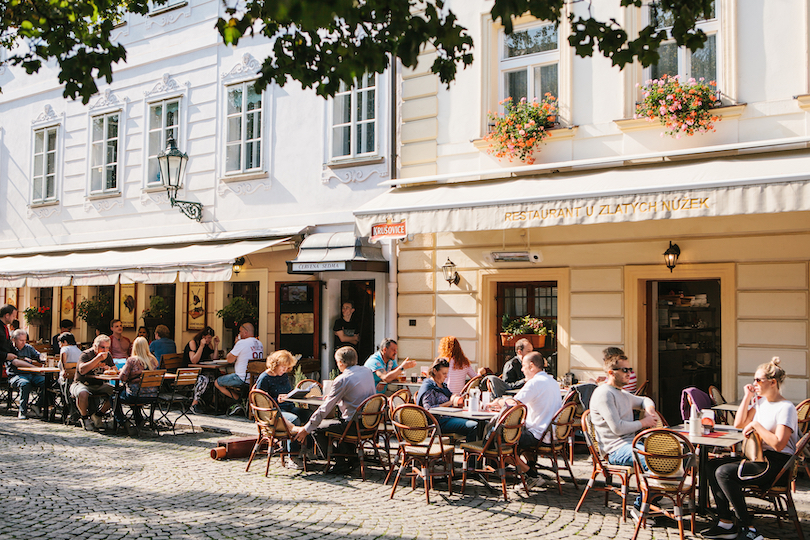
Once the school holidays are over, the crowds in the center finally decline a bit with its hotel and flight prices also becoming more affordable. September sees comfortable temperatures of 20°C (68°F) and autumnal foliage starts to appear by the river and in its parks. The days are shorter and drier, however, averaging around 5 hours of sunshine.
While the warm weather is lovely for walking about or enjoying outdoor activities, there are also countless fun events to enjoy. Aside from the Prague Proms which are still ongoing, the Dvorak Prague Festival hosts scores of orchestras, soloists, and chamber music ensembles. If you want to try more of the country’s beers, Oktoberfest also takes place in September.
Prague in October
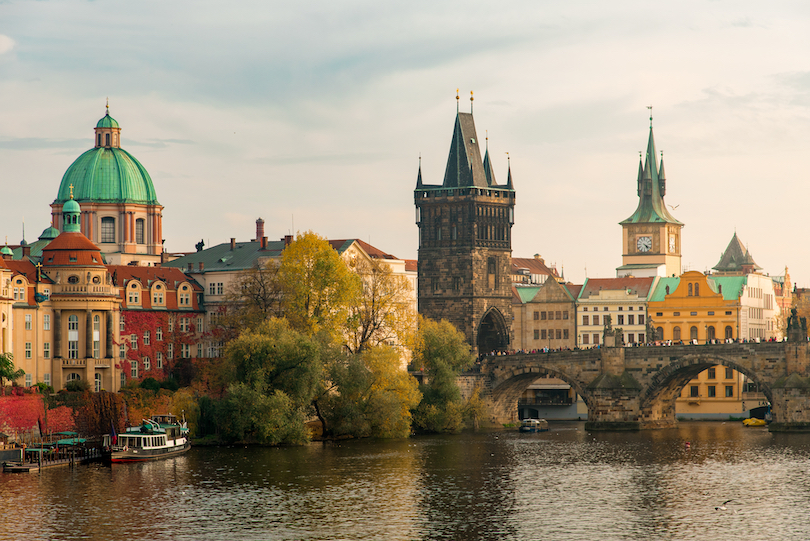
As it is quieter, cheaper and the climate is still pleasant, October is definitely one of the best months to visit Prague. While average temperatures drop to 14°C (so 57°F), the spectacular golden colors of its trees make wandering about the city even more special. With 11 hours of daylight, there is still enough time to sightsee and stroll about its parks.
Its Signal Festival also delightfully illuminates many of the capital’s most famous attractions while Be2Can screens many of the year’s most interesting, award-winning films. Due to the attractive autumnal foliage, it’s worth taking trips to some of its nearby castles and towns.
Prague in November
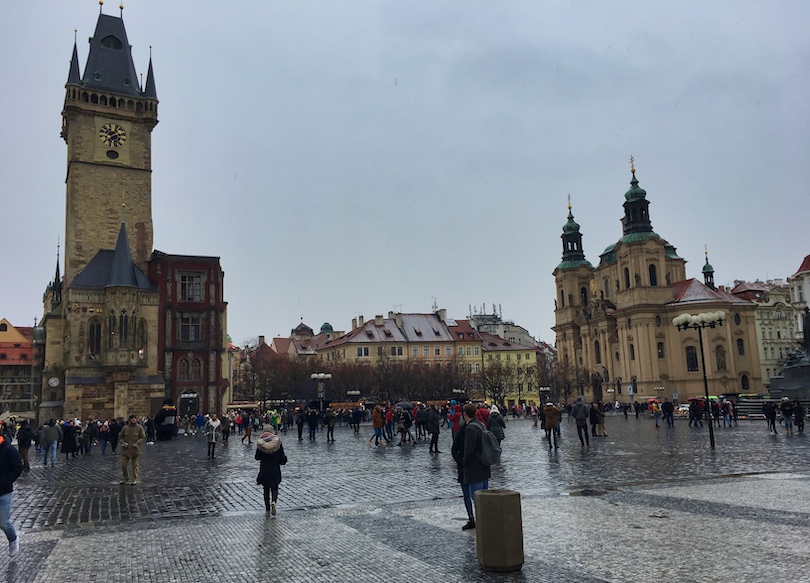
After January, February and March, November is by far the quietest month with most people put off by the cold, dark days. If you wrap up warm, both its fog and chill can create quite a magical atmosphere around town. Towards the end of it, all the holiday lights and Christmas markets only add to Prague’s wonderful wintery feel.
In addition to cheaper hotel prices and airfares, there are barely any crowds in its squares or queues at any of its attractions. The Prague Sounds Festival also has soothing concerts to listen to in numerous theaters and venues around the city. With snow sometimes falling, the old town and its hilltop castle look even more enchanting.
Prague in December
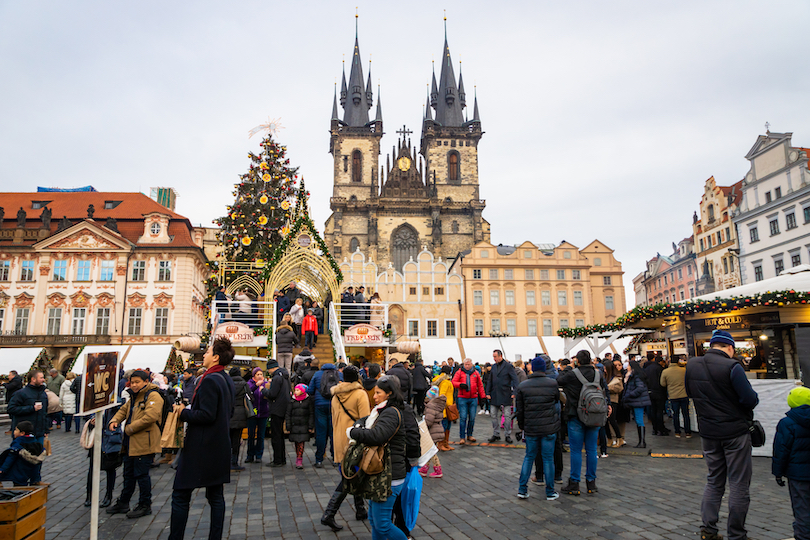
December again sees huge crowds of visitors return to Prague for its Christmas markets and New Year’s Eve celebrations. Prices shoot up once the holidays start and all its scenic streets and squares are buzzing with people. Aside from enjoying its mulled wine and gingerbread treats, you can also take part in its Hanukkah festivities.
Low averages of just 3°C (37°F) and the freezing temperatures at night don’t stop everyone from having a delightful time. As well as celebrating St. Nicholas Day, there are phenomenal performances of The Nutcracker to catch at the Hybernia Theater. A vibrant, party feel takes over the city as New Year’s Eve approaches and fireworks are set off alongside the river.

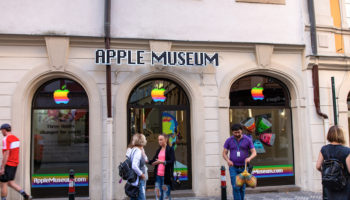
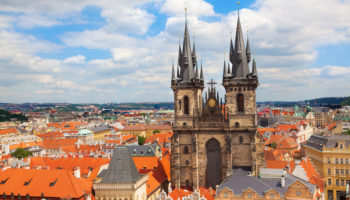

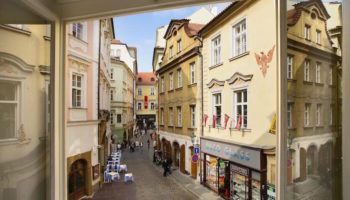
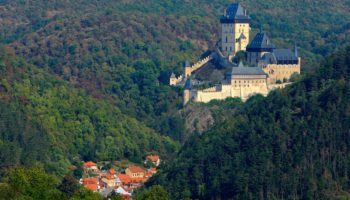
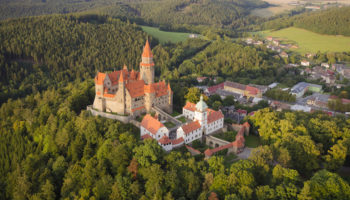
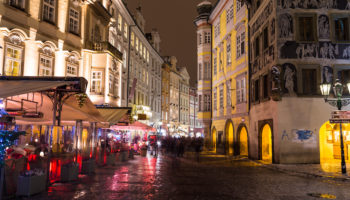
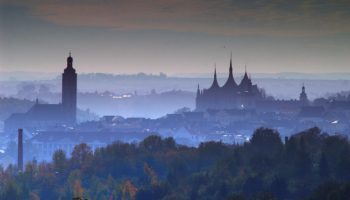
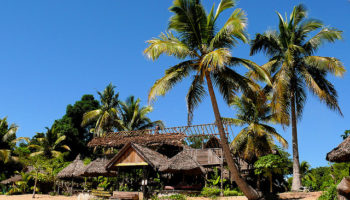

Leave a Reply